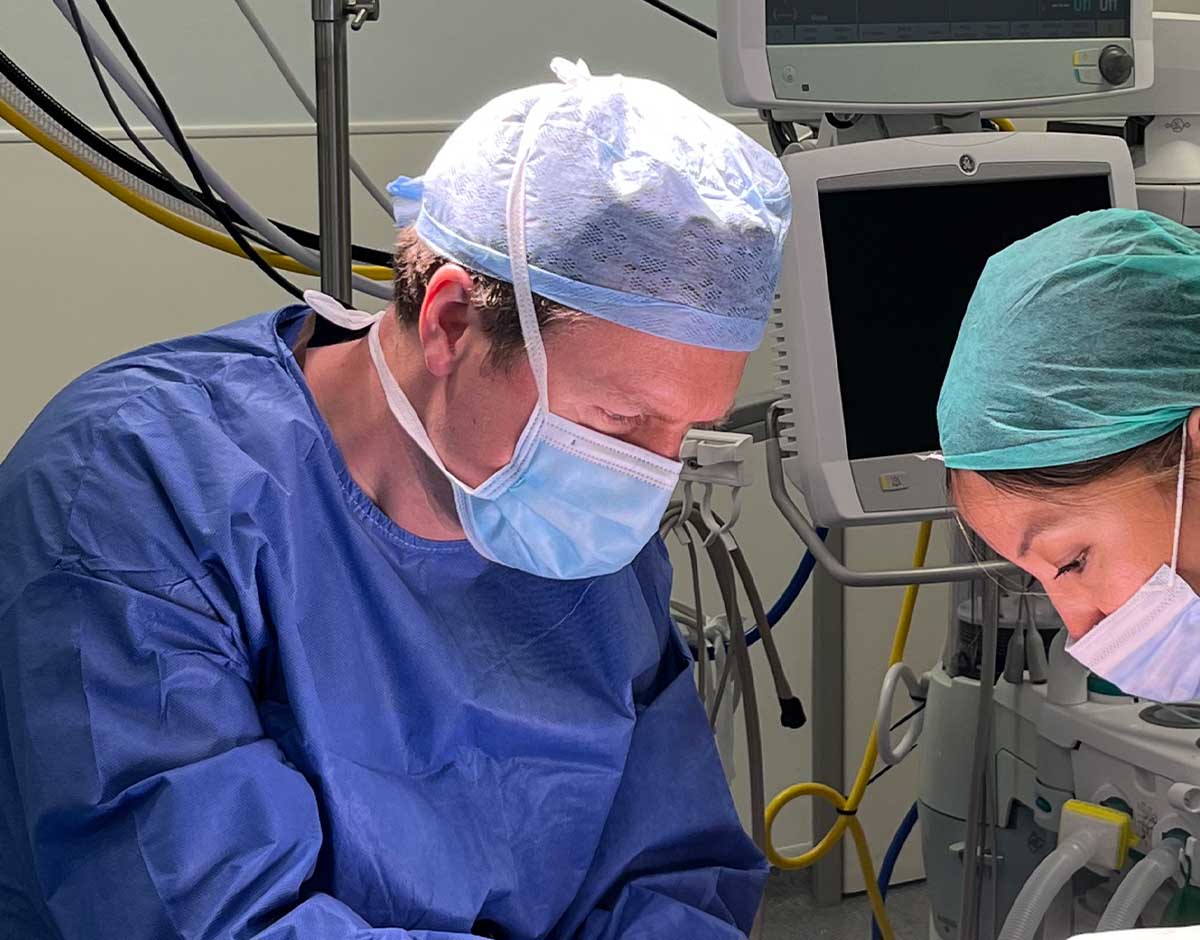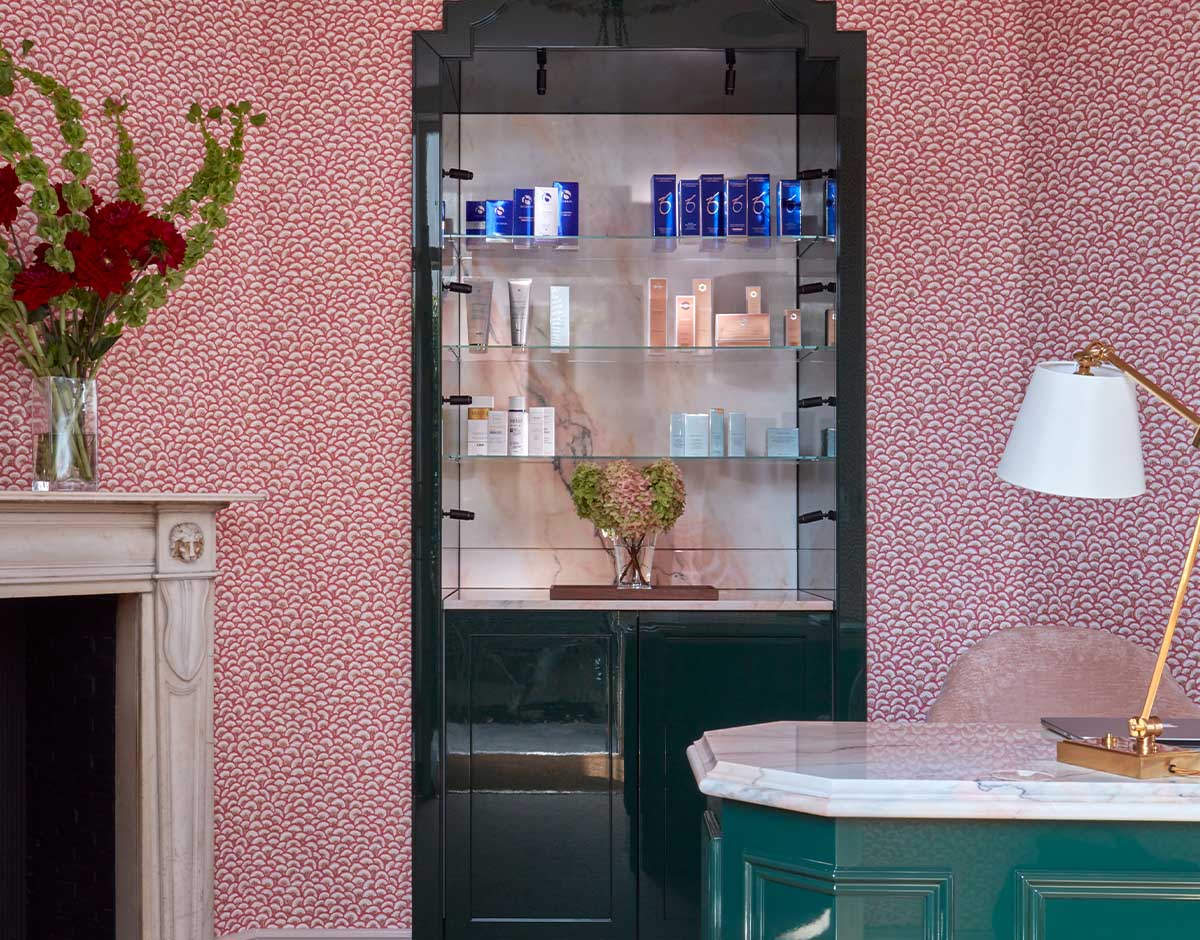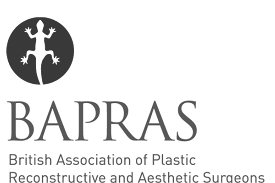-
What is a surgical browpexy?
A surgical browpexy is a procedure performed to lift and reposition the outer third of the eyebrows for a more youthful, more rested look. In most cases, a browpexy is combined with an upper blepharoplasty, which is a surgery to remove excess skin from the upper eyelids. This combination procedure can provide even better results for patients with a heavy brow, as it not only lifts the brow but also enhances the overall appearance of the eyes.
-
Who is a browpexy suitable for?
It is suitable for individuals who have drooping or sagging eyebrows in the outer aspect due to ageing or genetics. This procedure is often recommended for individuals who have excess skin on the upper eyelids, which can make them appear tired or angry.
-
What happens at your first appointment for a browpexy?
During your first browpexy appointment, Jonathan will evaluate your facial structure, brow position, excess skin on the upper eyelid and general eye health to determine if you are a suitable candidate for the procedure. He will explain the surgical process, including the techniques used and any potential risks or complications, as well as provide you with detailed instructions on how to prepare for the surgery.
-
How painful is a surgical browpexy?
A browpexy is considered to be a relatively painless procedure. Local anaesthetic is used to numb the area, which helps minimise any discomfort during the surgery. After the procedure, patients may experience some mild discomfort or soreness, but this can usually be managed with over-the-counter pain medications.
-
How long does it take to perform a browpexy?
On average, a browpexy can take anywhere from 30-60 minutes to complete.
-
What results can I expect from my browpexy procedure?
The results of this procedure can vary depending on individual factors such as age, skin elasticity, and the technique used by the surgeon. However, in general, patients can expect to see a noticeable improvement in the position and shape of their eyebrows straight away. The procedure can help open up the eyes, reduce the appearance of droopy or hooded eyelids, and create a more symmetrical and harmonious facial profile.
-
Are there any risks associated with a browpexy procedure?
Infection at the incision site is uncommon and can be minimised by keeping the area clean and following proper post-operative care instructions. Bruising and swelling may be expected, and while the incision site is noticeable initially, scarring is typically barely visible with time. Asymmetry after the procedure is uncommon. Jonathan will discuss all potential risks with you when you meet for your consultation prior to surgery.

Browpexy
Face Aesthetic
A browpexy can be considered a mini browlift to correct sagging, drooping or asymmetry or the eyebrows especially in the outer third. As we get older, our eyebrows tend to descend, which can make us look tired or angry. By lifting drooping or sagging eyebrows via a browpexy procedure, the overall appearance of the face can be rejuvenated. Other issues a browpexy can address include asymmetry in the eyebrows, with one eyebrow higher or lower than the other causing an unbalanced look, and a heavy or furrowed brow that makes you seem perpetually serious. A browpexy can help to create symmetry and improve your overall facial harmony to give you a more rested, relaxed and youthful look.
What happens during a browpexy procedure?
A browpexy is usually performed under local anaesthetic in conjunction with a blepharoplasty, although sedation may also be used. An internal browpexy utilises the upper blepharoplasty incision and tunnels to the brow and lifts the brow with an internal stitch. An external browpexy uses a small incision at the eye brow itself to produce a mini lift. The focus is on small elevations and stabilising the eyebrows, rather than lifting the forehead, as it is during a brow lift procedure.
Faqs | Browpexy
“Excellent treatment and service, would absolutely recommend to everyone.”
Client Review











